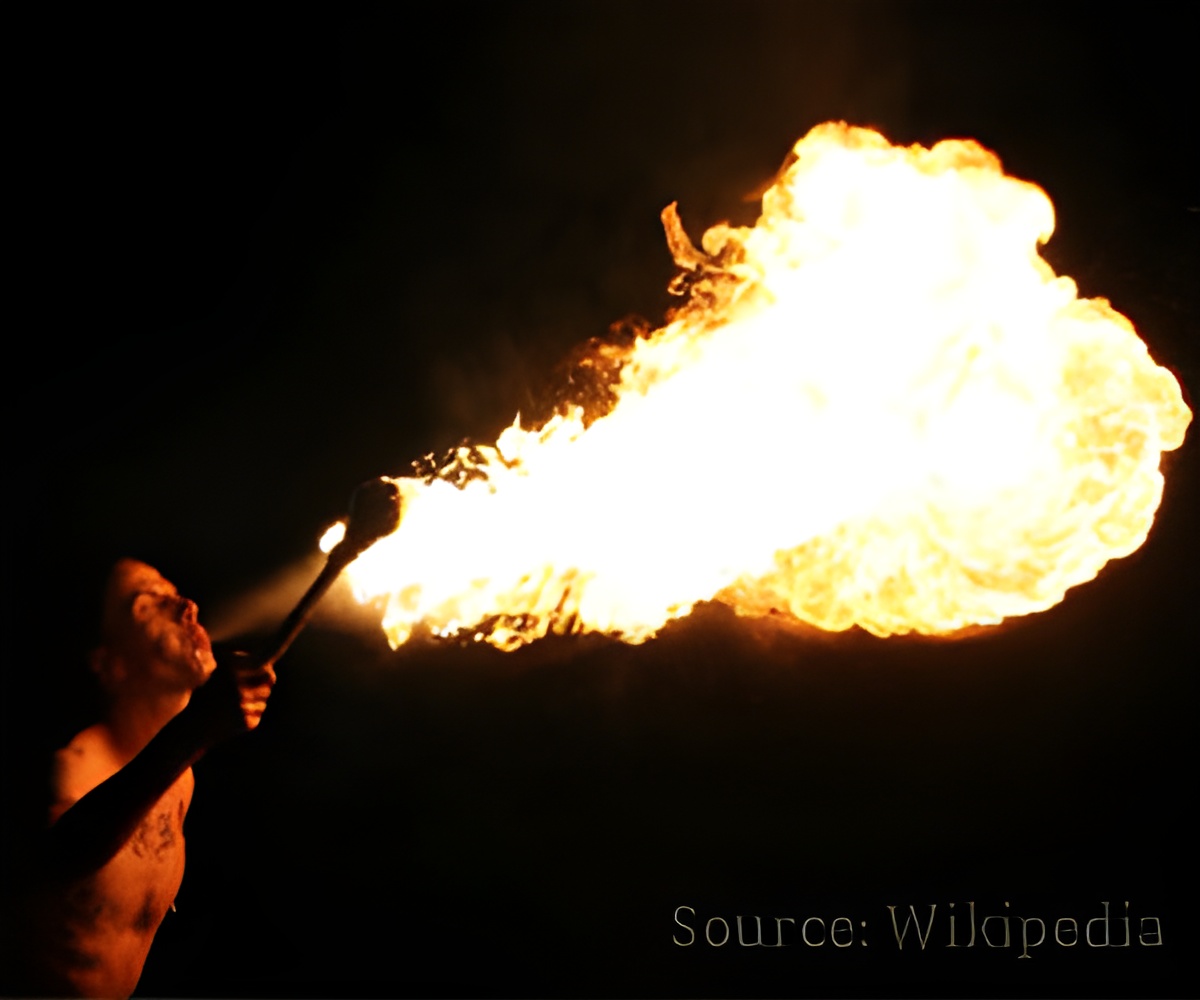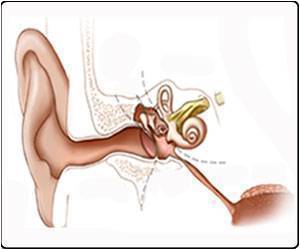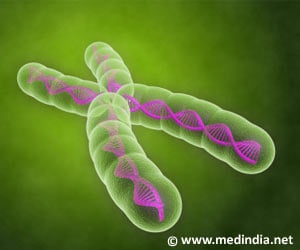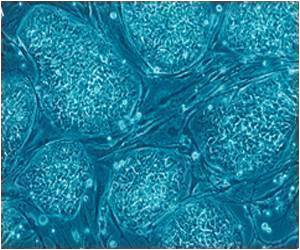Skin decontamination immediately after fighting a fire could be one way to help reduce firefighters' exposure to the potentially cancer-causing compounds.

‘The burning of wood, plastics, electronics, etc. releases hazardous substances, including polycyclic aromatic hydrocarbons (PAHs) into the air, and exposure to PAHs can cause DNA mutations and are known carcinogens.’





Based on a study of 30,000 firefighters in three cities, the U.S. National Institute for Occupational Safety and Health reported in 2013 that firefighters had higher rates of several kinds of cancer than the general population. The burning of wood, plastics, furniture, electronics and other building materials releases hazardous substances, including polycyclic aromatic hydrocarbons (PAHs), into the air. Exposure to PAHs is of particular concern as the compounds can cause DNA mutations and are known carcinogens. But few studies have investigated firefighters' on-the-job exposure to PAHs and other combustion emissions. So Jules M. Blais and colleagues set out to get a clearer picture. The researchers collected samples of urine and wiped the skin and clothing of more than two dozen firefighters in Ottawa before and after they responded to fires in 2015 and 2016. On average, post-fire levels of PAH metabolites in urine were 2.9 to 5.3 times higher than pre-fire levels. The average urinary mutagenicity -- or the potential to cause genetic mutations -- increased 4.3-fold.
"There's a relationship between firefighters' urinary PAH metabolite levels and the levels of PAHs on their skin, which leads us to suspect that dermal contact may be an important route of exposure," says Jennifer Keir, an author on the study. The researchers conclude that skin decontamination immediately after fighting a fire could be one way to help reduce firefighters' exposure to these potentially cancer-causing compounds.
Source-Eurekalert









